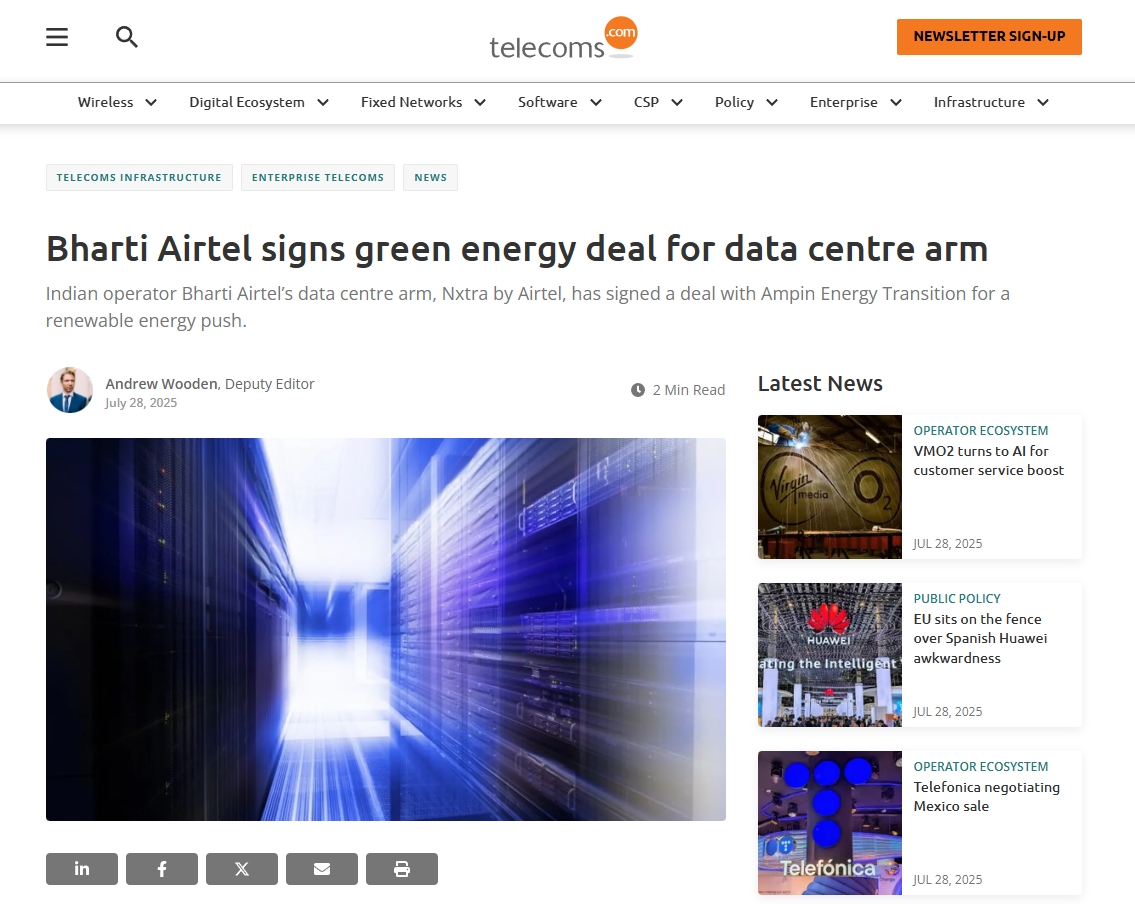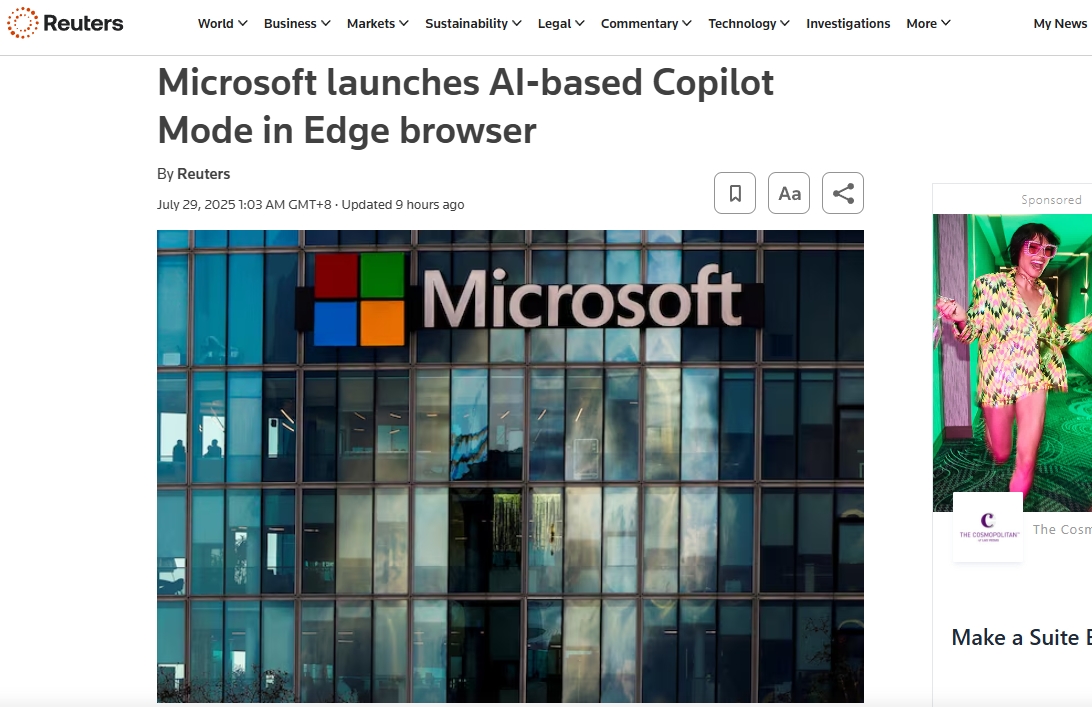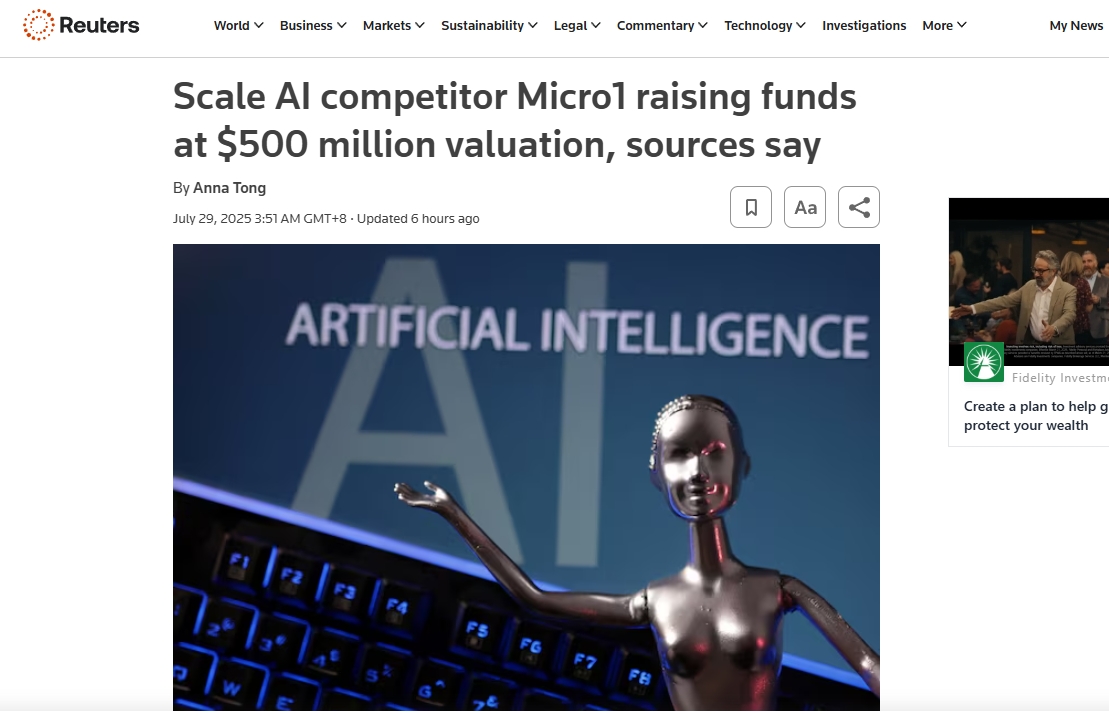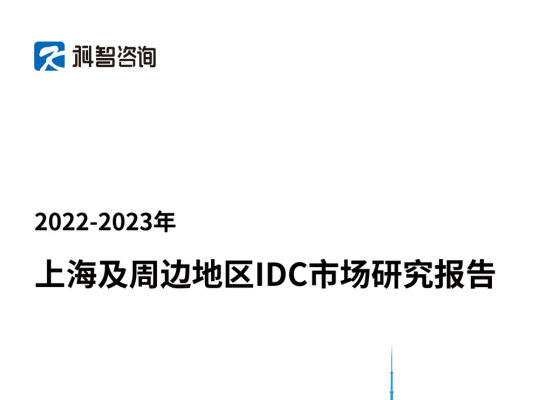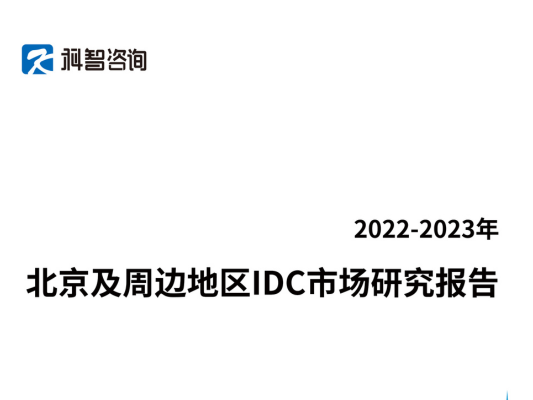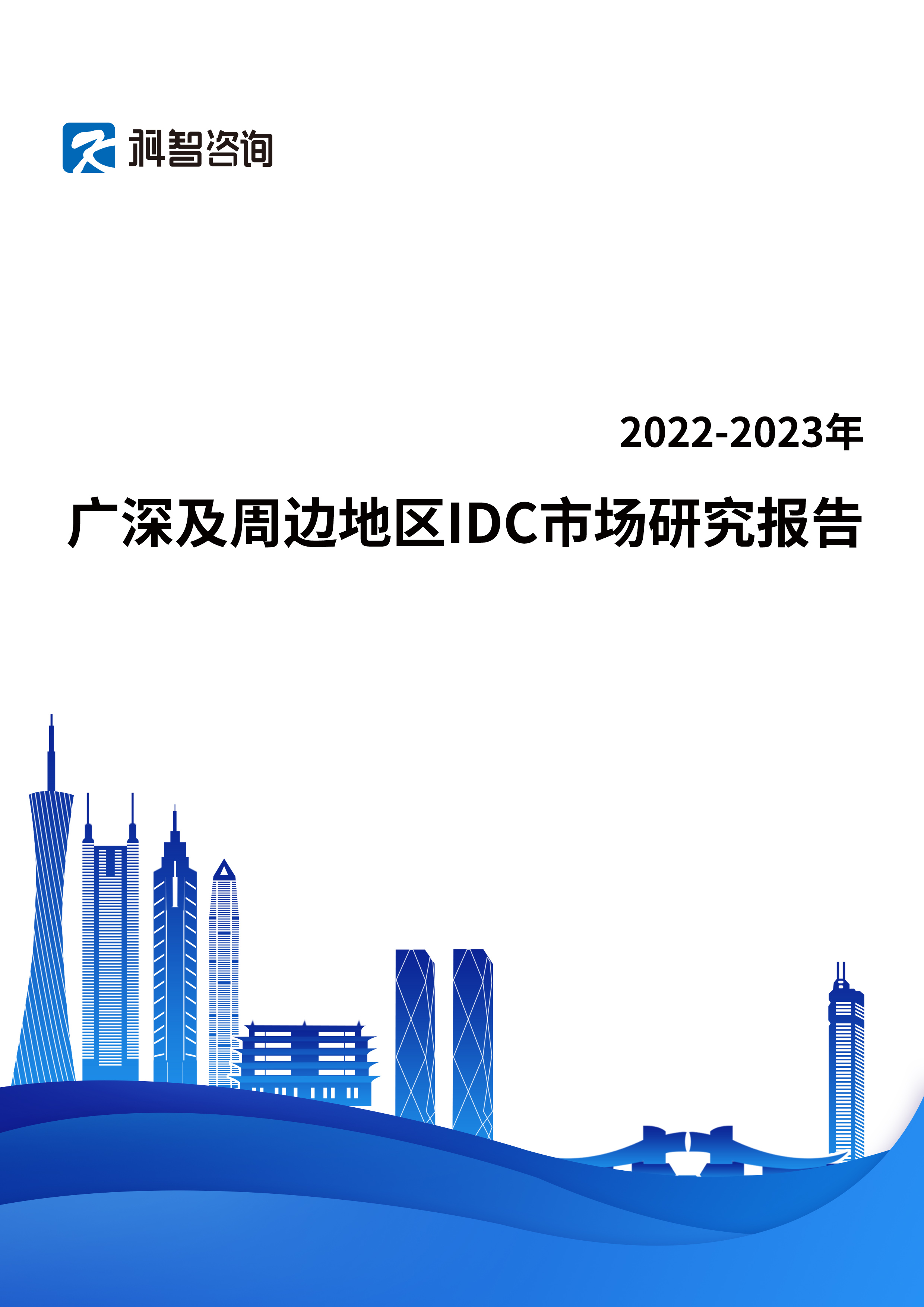A Landmark Alliance in AI Infrastructure
In 2025, OpenAI and Google Cloud announced a landmark partnership that redefines the dynamics of the artificial intelligence and cloud computing industries. Amidst skyrocketing global demand for AI compute capacity, this partnership is a strategic play designed to accelerate infrastructure growth, meet surging enterprise and consumer needs, and diversify OpenAI's data center footprint beyond Microsoft Azure.
This alliance is not merely about data center leases—it's a multi-layered collaboration that touches on sovereign cloud deployments, GPU scaling, sustainable infrastructure, and multi-cloud resilience. It is a rare moment where two leading forces in AI and cloud computing have chosen collaboration over competition—at least in part.
The Drivers Behind the Deal
OpenAI's Infrastructure Crunch
OpenAI's success with ChatGPT, DALL·E, Codex, and Whisper has driven unprecedented demand for compute capacity. With hundreds of millions of users globally and rapid enterprise adoption of GPT-4 and GPT-4o, OpenAI has faced:
Capacity constraints on Microsoft Azure, its primary cloud provider
Growing need for low-latency global coverage
A desire to mitigate single-cloud dependency risks
Increasing infrastructure costs amidst rising GPU scarcity
Google's Infrastructure Edge
Google Cloud, on the other hand, offers:
One of the world’s largest AI-ready data center networks
Access to advanced GPU clusters including NVIDIA H100 and future Blackwell architectures
Custom silicon (TPUs) for AI training and inference
Sovereign cloud regions compliant with EU AI Act and other regulations
Renewable energy-powered campuses in North America, Europe, and Asia
The match is mutually beneficial: OpenAI gains global scalability, while Google Cloud gains a high-profile, large-scale AI workload that showcases its technical prowess beyond Google DeepMind.
Inside the Partnership: What the Deal Covers
1. Data Center Capacity Expansion
OpenAI will deploy workloads across multiple Google Cloud regions, initially focusing on:
Oregon and Iowa (U.S.) for hyperscale GPT inference
Frankfurt and Milan for EU-compliant sovereign deployments
Singapore and Tokyo for Asia-Pacific language models
These deployments are optimized for AI inference and fine-tuning, with high-throughput, low-latency networking.
2. Multi-Cloud Architecture
OpenAI's infrastructure team has designed a global control plane that:
Distributes inference and training jobs across Azure and Google Cloud
Automatically balances workloads for cost, latency, and sustainability
Uses open standards like Kubernetes, Istio, and Anthos for orchestration
This represents one of the industry's most sophisticated multi-cloud AI deployments to date.
3. Joint AI Optimization
While OpenAI's models primarily run on NVIDIA GPUs, the companies will collaborate on optimizing performance for Google Cloud's TPU architecture in specific workloads, including:
Reinforcement learning environments
Speech synthesis and transcription models
Experimental multi-modal pipelines
This could pave the way for future AI model portability and diversification.
4. Sustainability Commitments
Both companies have committed to powering these workloads with 100% carbon-free energy. Google Cloud’s advanced grid partnerships and OpenAI’s AI-optimized energy scheduling aim to:
Reduce emissions for large-scale inference jobs
Optimize compute based on real-time grid conditions
Publish energy transparency metrics for each data center region
Strategic Implications: Changing the AI and Cloud Landscape
Breaking the Single-Cloud Mold
Until now, OpenAI has been almost synonymous with Microsoft Azure. This deal shifts that narrative, signaling the rise of:
Multi-cloud strategies for AI-first companies
Reduced vendor lock-in for mission-critical AI workloads
A future where AI leaders distribute workloads across multiple hyperscalers
Competitive Pressures on Microsoft Azure
Microsoft remains OpenAI's strategic investor and close partner, but the Google deal pressures Azure to:
Accelerate its own data center buildouts
Improve GPU availability for other enterprise AI workloads
Defend its position as OpenAI’s preferred training platform
Google Cloud’s AI Showcase
For Google Cloud, this is a major win in:
Demonstrating its ability to support third-party AI workloads at hyperscale
Validating its AI-optimized infrastructure beyond internal use
Differentiating with sovereign compliance and renewable energy leadership
Shifting the Balance in Cloud Economics
The sheer volume of AI compute OpenAI consumes will:
Increase revenue and utilization rates in Google Cloud regions
Contribute to the overall profitability of Google Cloud
Influence global GPU supply chains and pricing models
Industry Reactions and Analyst Perspectives
Industry analysts see this as the dawn of a new cloud era:
"AI workloads will define the next generation of cloud infrastructure demand, and no single provider can serve them all," says Gartner.
"This is a blueprint for the future of compute—distributed, intelligent, and multi-cloud," notes Forrester.
Venture capitalists and enterprise CIOs alike are now asking if they should diversify their own AI deployments across clouds.
Hyperscalers like AWS and Oracle Cloud Infrastructure are closely watching, likely to respond with their own AI workload announcements and partnerships.
What This Means for Developers and Enterprises
For AI practitioners, this partnership unlocks:
Greater global availability of OpenAI’s APIs
Lower latency and improved reliability in Asia and Europe
Potential future integration with Google Cloud services like Vertex AI, BigQuery, and Firebase
For enterprises, it means:
Reduced dependency on a single cloud vendor for AI tools
Improved compliance options in regulated industries
Access to AI inference capacity in new geographic regions
Future Outlook: The Road Ahead
The OpenAI-Google Cloud partnership is likely the first of several industry-shaping alliances to come. In the near future, we expect:
More AI companies to adopt multi-cloud infrastructure strategies
Hyperscalers to court emerging AI startups with capacity and incentives
Global regulators to encourage diversified AI infrastructure for resiliency and sovereignty
New benchmarks for energy-efficient AI compute
In the longer term, OpenAI may continue to optimize for cost, performance, and compliance—potentially adding more cloud partners or investing in its own data center footprint.
A Defining Moment in AI Infrastructure
The OpenAI-Google Cloud partnership marks a pivotal evolution in the AI infrastructure arms race. By expanding beyond Microsoft Azure, OpenAI signals a new era of distributed, sustainable, and resilient AI compute. Google Cloud, for its part, proves its infrastructure is battle-tested and ready for third-party AI workloads at global scale.
Together, they are building the infrastructure layer for the next decade of artificial intelligence.


